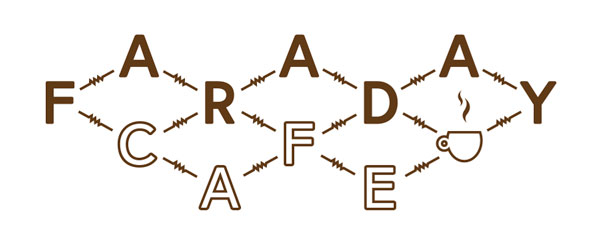Vancouver, July 2014 – From July 2 to 16, social artist Julien Thomas and Hughes Condon Marler Architects (HCMA) will be hosting the only coffee shop to repel wireless signals. In a space devoid of cell phone or data connections, the team hopes to create personal ones instead.
This unique installation is the first piece created through HCMA’s Artist in Residence (AIR) Program. To achieve their desired effect, the team has completely enclosed the café in mesh that shields electromagnetic signals while producing a distinct visual form. The Faraday Café reminds us of a time before ubiquitous wireless coverage, and also proposes an alternative future relationship to digital technology.
Located in The Chinatown Experiment at 434 Columbia Street, the Faraday Café will be serving a rotation of artisanal coffees by donation, as well as hosting a variety of events including:
- Morning meditation sessions
- Afternoon DJ sets
- Dinner and dessert parties, and
- Evening storytelling gatherings.
WHO: Open to the public
WHAT: HCMA’s very first artist installation, a pop-up café that repels wireless signals
WHEN: July 2-16 from 10:00AM-6:00PM, closed Sundays
WHERE: The Chinatown Experiment at 434 Columbia Street
Images added to the Dropbox file throughout the duration of the project. Please download, do not remove if you with to use the images
***
About the Team
Julien Thomas has created a variety of gathering spaces through his signature events and public instillations. Through each project, Julien provides highly engaging environments for participants to interact with and form new connections.
Hughes Condon Marler Architects (HCMA) is an internationally-recognized firm with a passion for innovative design through dialogue, problem-solving and collaboration. HCMA continually strives to develop architecture that integrates environmental, social and economic considerations.
The HCMA Artist In Residence program encourages participation by artists working in a variety of media, including visual art, video, photography, theatre and writing who wish to explore the interface between the public realm and people through an exploration of the boundaries between Architecture and their creative field.

